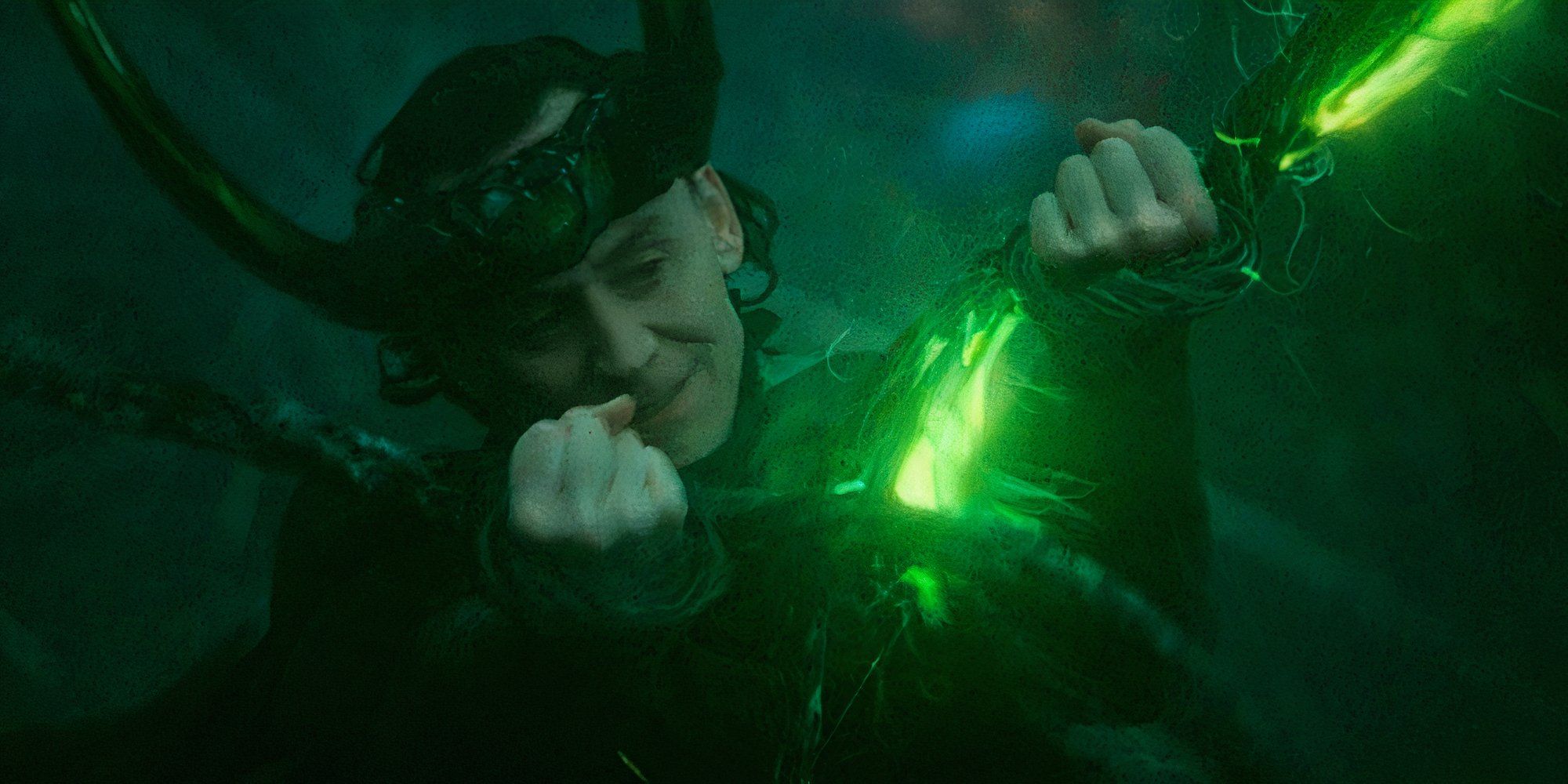28 Days Later: How a Modern Classic Redefined Horror for a New Generation

Introduction: The Impact of 28 Days Later
Released in 2002, 28 Days Later quickly became a defining film in modern horror. Directed by Danny Boyle and written by Alex Garland, the movie blended intense storytelling with a fresh take on the "zombie apocalypse". Its influence has shaped not only the genre but also how audiences view societal collapse on screen. As the franchise celebrates its legacy with new releases and renewed public interest, let's explore why 28 Days Later continues to resonate more than two decades later.
The Story and Its Lasting Influence
28 Days Later starts with a startling scene—animal rights activists inadvertently release a deadly "Rage" virus. London collapses, and protagonist Jim awakens from a coma to find the city deserted, danger lurking at every turn. Alongside survivors like Selena and Frank, Jim journeys through a devastated United Kingdom, searching for safety in a world overrun by infected humans.
The film's fast-moving infected set a new standard for horror antagonists. Before 2002, zombies were slow and shambling. 28 Days Later made them terrifyingly fast. This innovation inspired countless movies and TV shows, changing the zombie subgenre for years to come.
Setting the Stage for a Franchise
The popularity of 28 Days Later ensured that sequels would soon follow. In 2007, 28 Weeks Later expanded on the original's themes but featured a different creative team. While it delivered thrills, it lacked the depth and originality fans cherished in the first film.
For years, viewers wondered why there was never a "28 Months Later." In fact, the filmmakers revealed that rights issues and creative hesitations kept the project on hold. Collider's in-depth feature explains why the franchise jumped straight to 28 Years Later instead, skipping the much-anticipated months chapter.
The Return: 28 Days Later Back in Theaters
With excitement building around 28 Years Later, the original 28 Days Later made a triumphant return to select theaters. Fans were treated to special screenings featuring behind-the-scenes footage and a sneak peek at the upcoming sequel. As detailed by Bloody Disgusting, this event celebrated the movie's enduring legacy and introduced a new generation to its chilling world.
If you missed these screenings, digital versions of 28 Days Later remain widely available, letting horror enthusiasts relive the suspense anytime.
Exclusive Looks and Fan Excitement
Anticipation for the franchise’s next chapter reached new heights when ScreenRant hosted an exclusive event in New York City. The gathering included a Q&A with Danny Boyle, rare images from the sequel, and a full screening of the original film. Find out more about this special event and franchise updates at ScreenRant.
The return of Boyle and Garland, coupled with a star-studded cast for 28 Years Later, ignited fresh excitement among horror fans. The legacy of 28 Days Later remains strong, and speculation about future sequels and spin-offs is at an all-time high.
Why 28 Days Later Endures
What sets 28 Days Later apart is not just its terrifying vision of infection and societal collapse—it's the emotional depth of its characters. Audiences connect with Jim's journey, the bonds formed in crisis, and the ever-present hope for safety. The film's gritty visuals and haunting soundtrack add to the immersive experience.
Moreover, themes of quarantine, survival, and fear of the unknown are more relevant today than ever. The movie’s depiction of a world unraveled by disease continues to resonate, especially in a post-pandemic world.
Conclusion: The Legacy Lives On
28 Days Later remains a milestone in horror cinema, continually influencing new works and thrilling both longtime fans and newcomers. Whether revisiting it on the big screen or streaming at home, the film’s impact is impossible to ignore. With sequels like 28 Years Later on the horizon, now is a perfect time to revisit this classic—and to brace yourself for what comes next.
For an in-depth look at why the franchise skipped 28 Months Later, check out Collider's analysis here. To relive the excitement of the latest anniversary event and sneak peek, read more on Bloody Disgusting.
Are you ready to revisit the world that changed horror forever? Start with 28 Days Later—and keep an eye on the future of this spine-tingling saga.